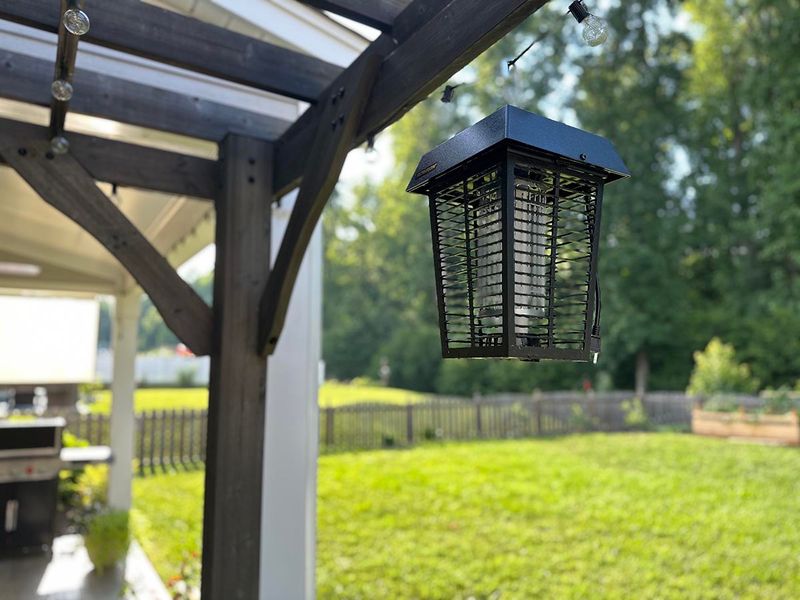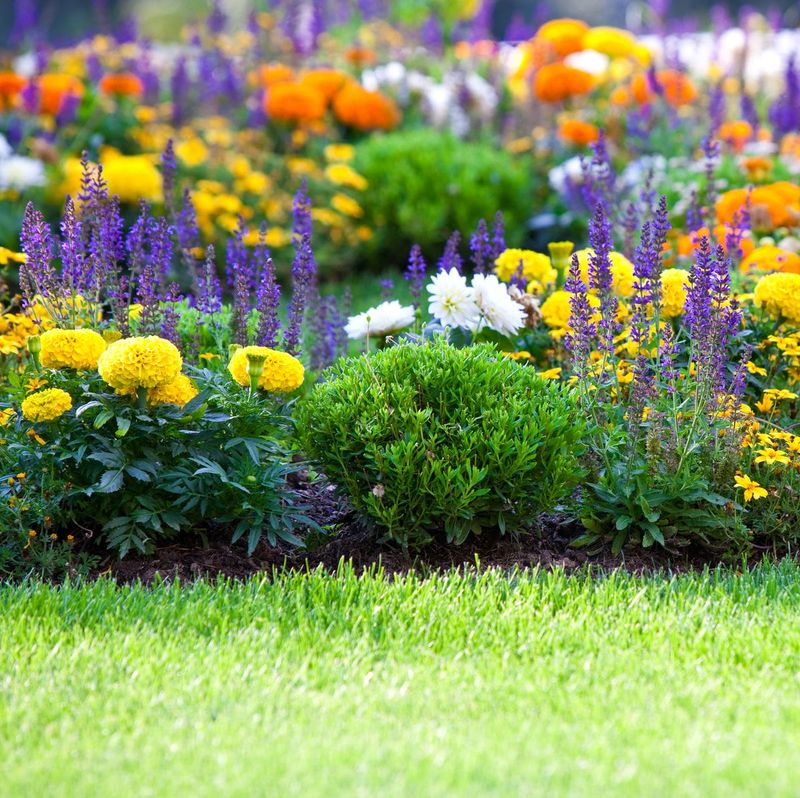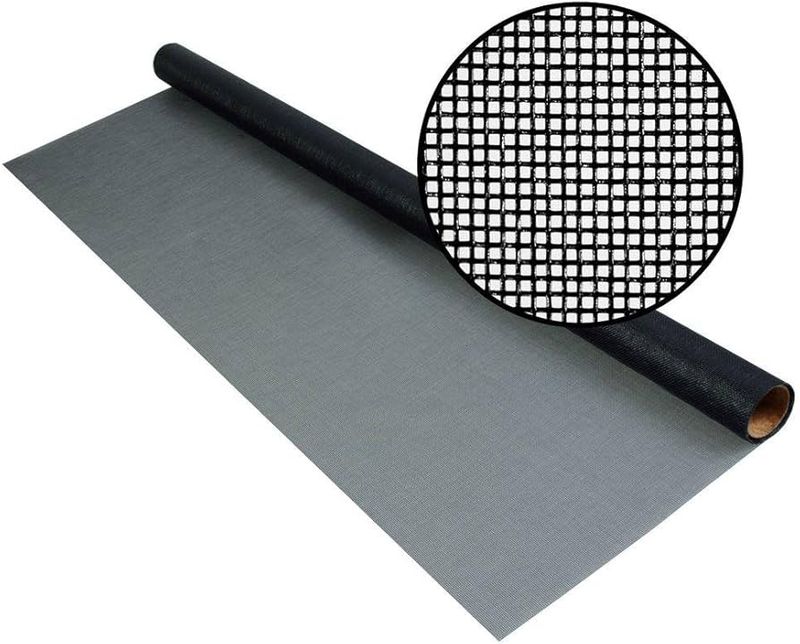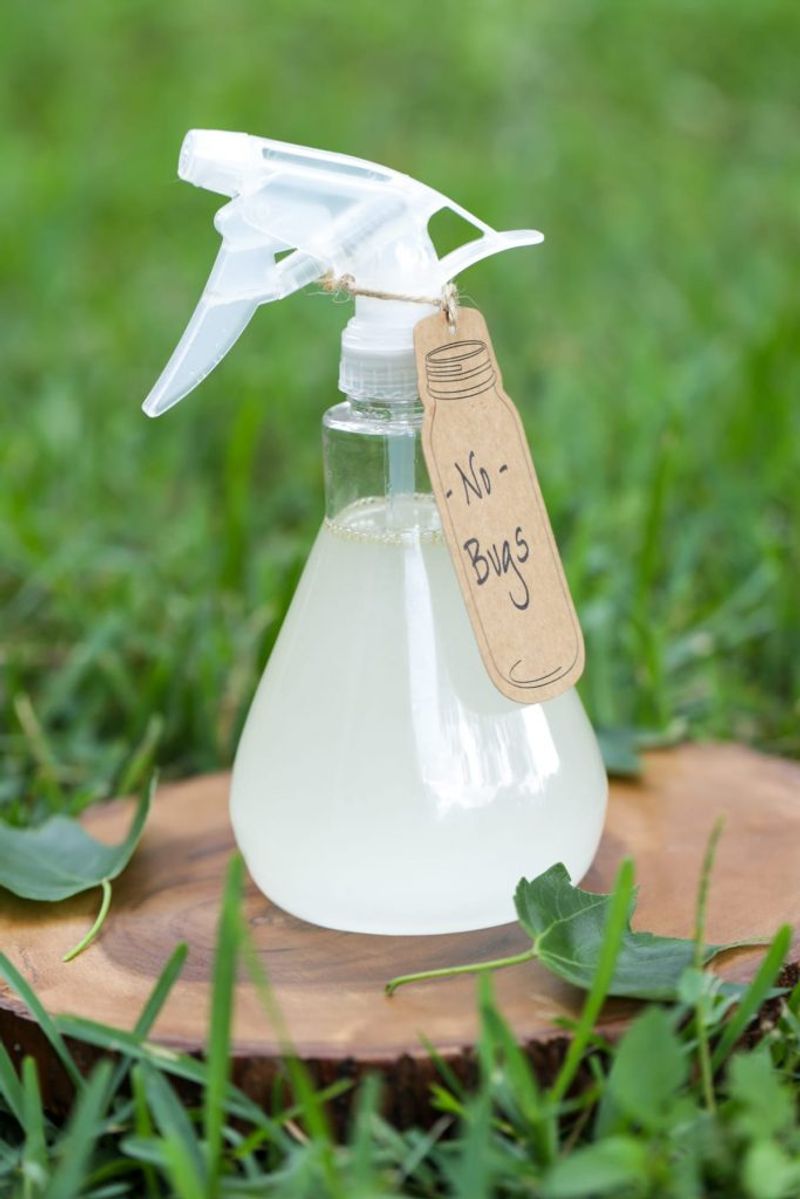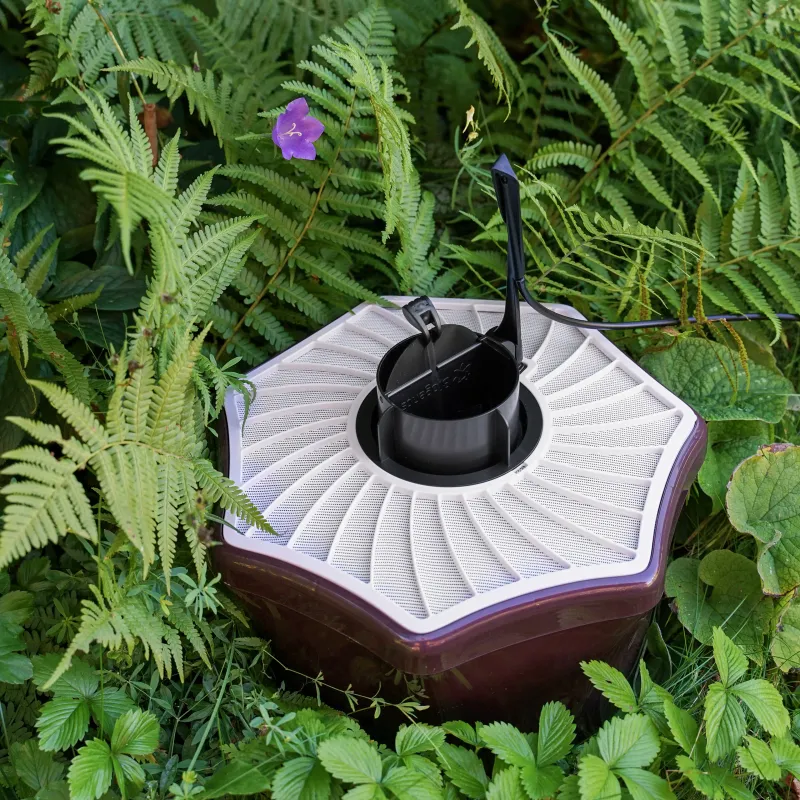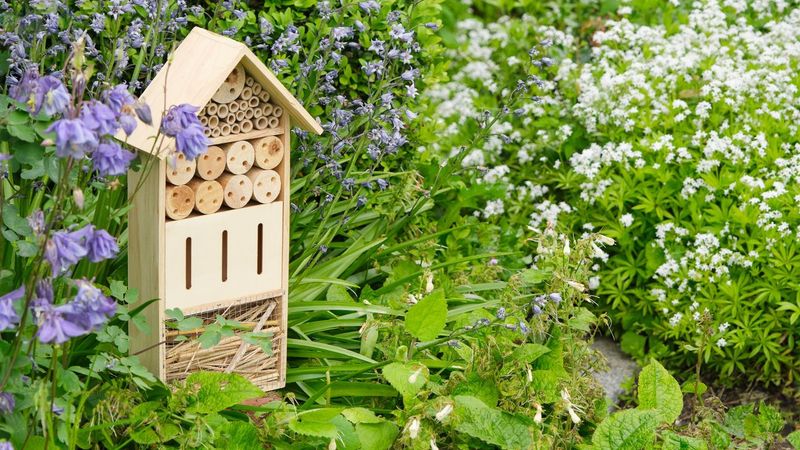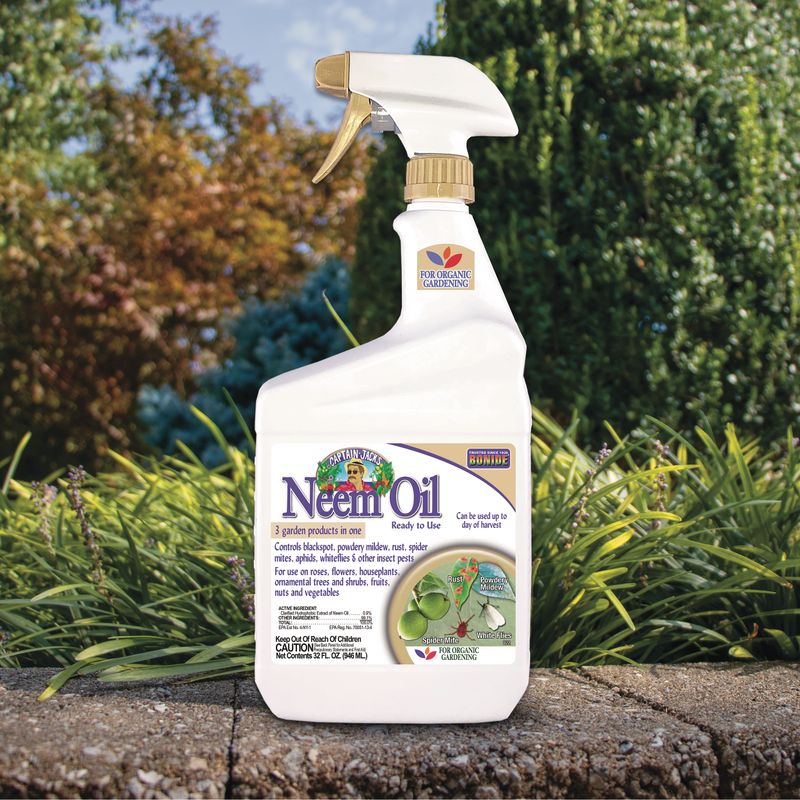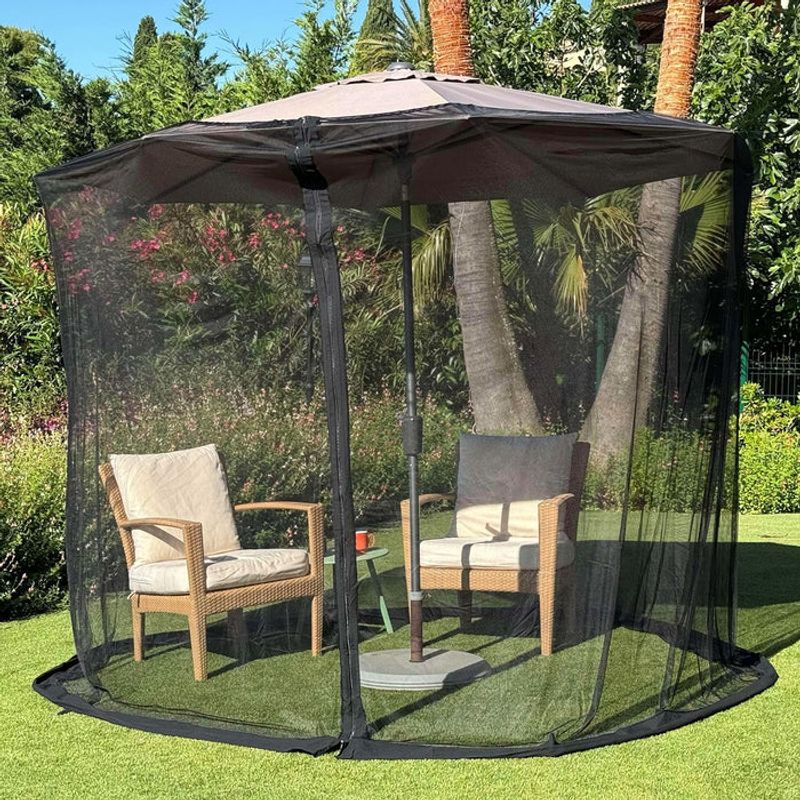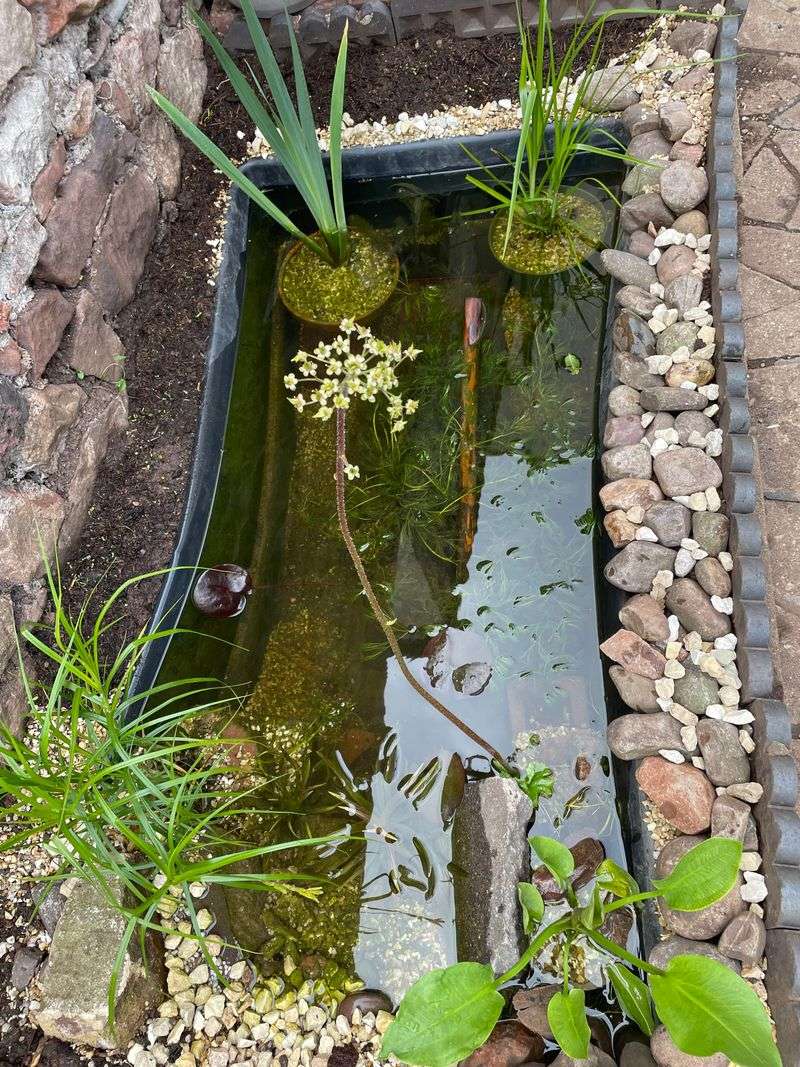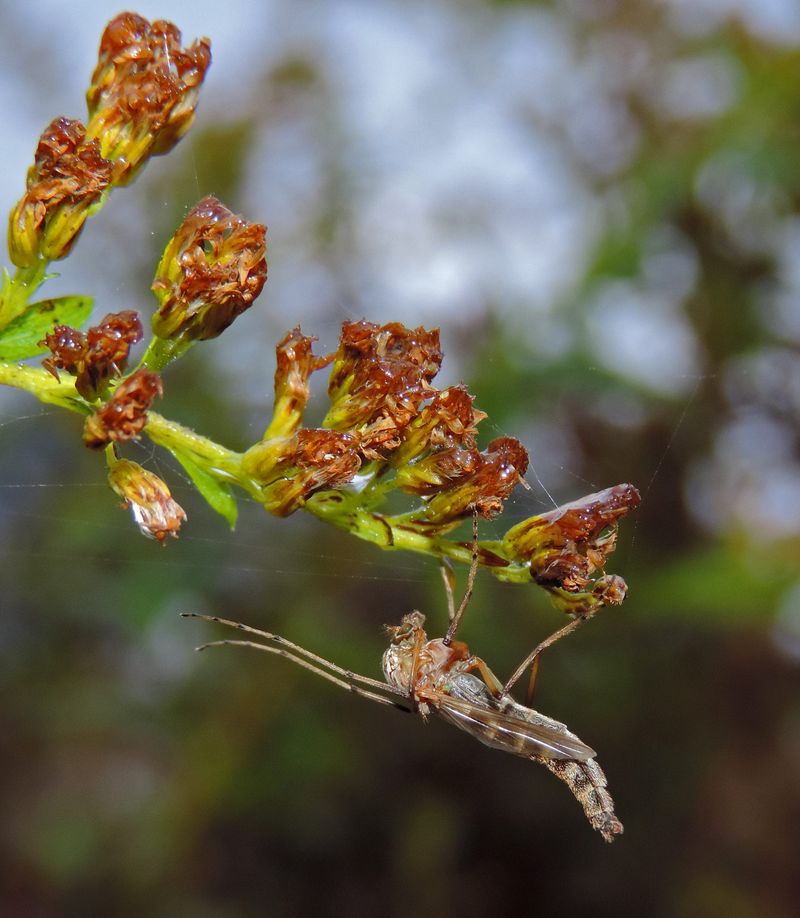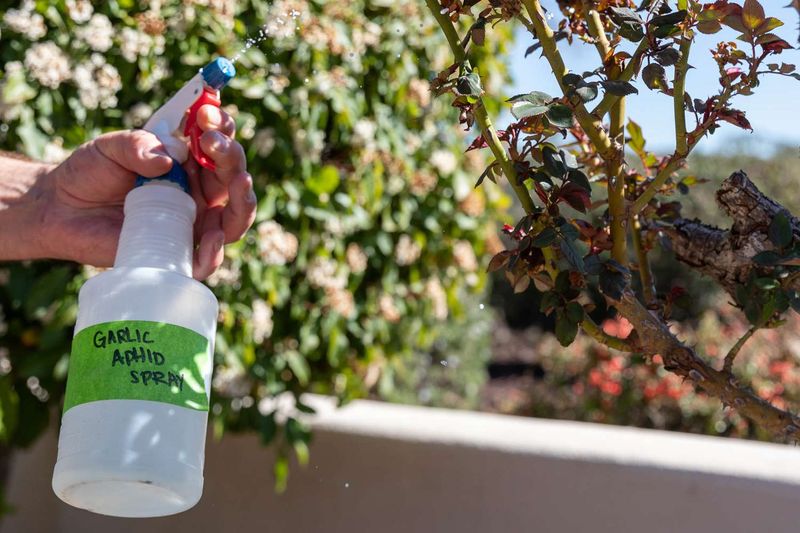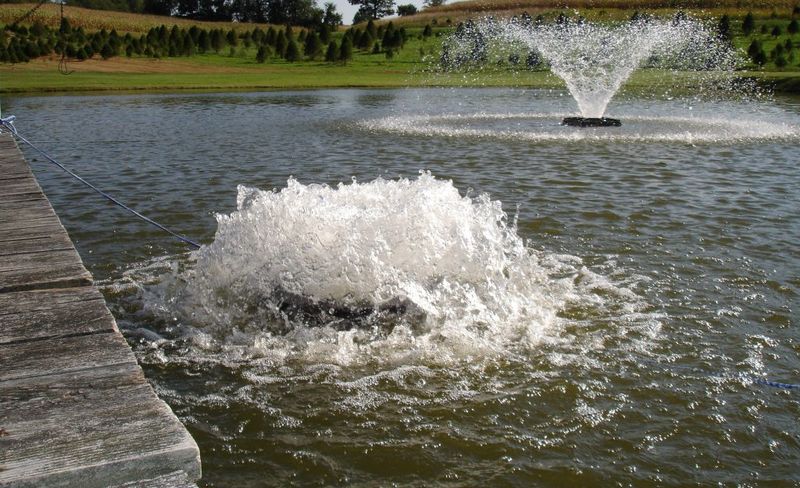Midges might be tiny, but wow—can they ruin a perfectly good evening outside. Whether you’re trying to enjoy a peaceful cup of tea on the porch or host a backyard BBQ, those little swarming bugs seem to show up uninvited every time. I’ve dealt with my fair share of them and totally get the frustration.
Luckily, there are ways to fight back—and no, it doesn’t always mean loading up on bug spray. Over time, I’ve found a mix of natural tricks and smart tweaks that really do make a difference.
So, if you’re tired of swatting and dodging midges every time you step outside, check out these tips that can actually help. From what plants to grow to where that standing water really shouldn’t be—these simple fixes might just bring the peace and quiet back to your yard.
1. Install Bug Zappers
It’s easy to overlook the power of these, but they can be truly effective. Placed strategically around your yard, these devices can significantly reduce midge populations by attracting and electrocuting them. Remember to position them away from seating areas to avoid attracting bugs towards guests.
Regular maintenance is key. Clean the zappers frequently to ensure they work efficiently. While some people worry about harming beneficial insects, bug zappers mainly target flying pests.
This makes them a practical choice for those seeking a quick reduction in midge numbers. Set them up before peak midge season for best results.
2. Use Insect-Repellent Plants
Planting insect-repellent varieties is a smart, natural way to deter midges. Citronella, lavender, and marigolds are excellent choices that not only repel insects but also beautify your garden.
Their scents are pleasant to humans but not to midges, creating a natural barrier. Place them around patios or pathways to keep areas clear.
Make sure these plants receive adequate sunlight and water to thrive and maximize their repellent properties. This method may not entirely eliminate midges but can greatly reduce their presence, especially when combined with other strategies.
3. Install Mesh Screens
These are a barrier that’s often underestimated. They can effectively keep midges out of your living spaces if installed properly. Choose a mesh with fine holes to prevent even the smallest midges from getting through.
Not only do they protect against insects, but screens also allow you to enjoy fresh air without the bug hassle. They are particularly useful for outdoor dining or relaxing areas.
Ensure the screens are well-fitted and in good condition, repairing any tears promptly to maintain their efficacy. This is an investment that provides comfort and peace of mind.
4. Set Up Fans
Air movement is a simple yet effective midge deterrent. Midges are weak flyers, and a steady breeze from fans can keep them at bay. Position fans strategically where people gather, such as patios or decks.
Fans not only disperse midges but also provide a cooling effect, making outdoor areas more comfortable in warm weather. This method offers immediate relief without chemicals or traps.
Adjust the fan speed according to the size of the area and midge activity. This approach works best in conjunction with other measures for comprehensive pest control.
5. Apply Insect Repellents
Personal insect repellents are often a go-to solution for preventing bites. Look for products containing DEET, picaridin, or oil of lemon eucalyptus.
These repellents create an invisible shield, deterring midges from landing on your skin. Apply before spending time outdoors, especially during peak midge activity at dawn and dusk.
Test the product on a small skin area first to avoid any adverse reactions. Reapply as needed, particularly if you’re sweating or after swimming. Combining this with other deterrent methods can offer substantial protection from midges.
6. Utilize CO2 Traps
CO2 traps mimic human breath, attracting midges and trapping them. These devices can significantly reduce midge populations over time.
Position them in open areas of your yard for maximum effectiveness. They are especially useful if you experience severe midge infestations.
Regular maintenance, including cleaning and CO2 replacement, is crucial for their long-term success. While they require an upfront investment, the reduction in midge numbers can make them worthwhile. Using these traps in conjunction with other methods enhances your chances of an insect-free yard.
7. Introduce Natural Predators
Encouraging wildlife to your yard is a natural way to control midge populations. Birds and bats are excellent midge predators. Installing birdhouses and bat boxes can attract these animals to your garden.
They’ll feast on midges, helping keep their numbers down. Be patient, as it may take time for wildlife to discover and settle into the provided habitats.
This ecological approach not only reduces midges but also enriches your garden’s biodiversity. Pair this method with other tactics for a balanced and effective midge control strategy.
8. Light Citronella Candles
Citronella candles are more than just a decorative outdoor accessory. Their scent masks human odors, making it harder for midges to locate you.
Place them around seating areas, especially during gatherings, to create a midge-free zone. While their effect is temporary, they can enhance comfort during peak midge hours.
For best results, use candles with a high citronella oil content. This method is particularly effective in small areas and should be used alongside more permanent solutions for comprehensive control.
9. Apply Neem Oil
This is a natural insecticide with multiple benefits. When sprayed on plants, it acts as a deterrent and disrupts the lifecycle of midges.
It’s safe for most plants and non-toxic to humans and pets, making it an eco-friendly choice. Apply neem oil during cooler parts of the day to prevent leaf burn.
Regular application is vital, especially after rain, to maintain its effectiveness. Neem oil works best when integrated with other pest control measures. This natural approach reduces the need for chemical alternatives.
10. Use Midge Nets
Midge nets offer a portable and flexible solution to keep these insects at bay. They’re particularly useful for protecting specific areas where people gather, like porches or gazebos.
Hang them around seating areas to create a bug-free zone. Midge nets are lightweight and can be easily adjusted to fit your space.
Although they don’t eliminate midges, they provide a physical barrier against bites, enhancing your outdoor comfort. Combine this method with others for a more comprehensive approach to pest control.
11. Maintain Water Features
Stagnant water is a breeding ground for midges. Proper maintenance of water features like ponds or bird baths is crucial to prevent these insects from multiplying.
Regularly clean and refresh water sources to disrupt midge life cycles. Introducing aquatic plants can help maintain a healthy ecosystem and deter midge larvae.
Ensure water circulation through pumps or fountains to prevent stagnation. This proactive approach not only reduces midge numbers but also enhances the beauty and health of your water features.
12. Trim Vegetation
Dense vegetation provides perfect hiding spots for midges. Regularly trimming bushes and keeping grass short can reduce the areas where these insects breed and rest.
This practice enhances air circulation and sun exposure, making your yard less attractive to midges. It also helps maintain a tidy appearance and promotes plant health.
Incorporate this into your regular yard maintenance routine for best results. While this method alone won’t eliminate midges, it’s an essential part of a comprehensive pest management strategy.
13. Apply Garlic Spray
Garlic spray acts as a natural repellent for many pests, including midges. Its potent smell deters insects without harming plants or beneficial creatures.
Prepare a solution by mixing crushed garlic with water and use a spray bottle for application. Focus on plant leaves and common midge areas.
Reapply after rain or watering to maintain its effectiveness. This eco-friendly method is best used alongside other strategies for maximum impact in keeping your yard midge-free.
14. Install Water Aerators
Aerators in water features can deter midge breeding by preventing water stagnation. The movement they create disrupts midge life cycles and encourages healthier water conditions.
Install them in ponds or large water containers for best results. Aeration not only reduces midge populations but also supports aquatic life and enhances water clarity.
Regular maintenance of aerators ensures they function effectively. Combine this with other preventive measures for a holistic approach to midge control.
15. Use Essential Oil Diffusers
Essential oils like lavender, eucalyptus, or tea tree can naturally repel midges. Using a diffuser outdoors spreads these scents, making your yard less appealing to these pests.
Place diffusers in central locations for maximum coverage. This method is particularly effective during evening gatherings when midge activity peaks.
For a more potent effect, combine different oils. While this doesn’t eliminate midges, it offers a pleasant atmosphere and complements other pest control efforts.


